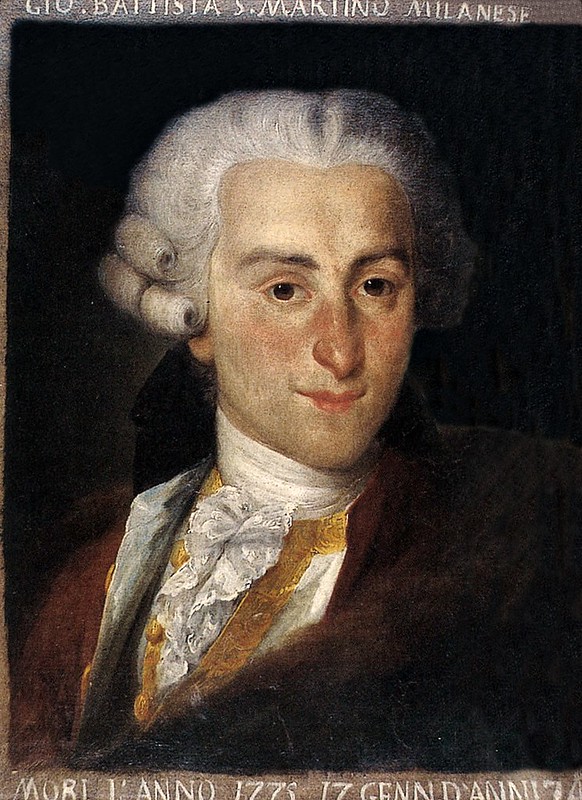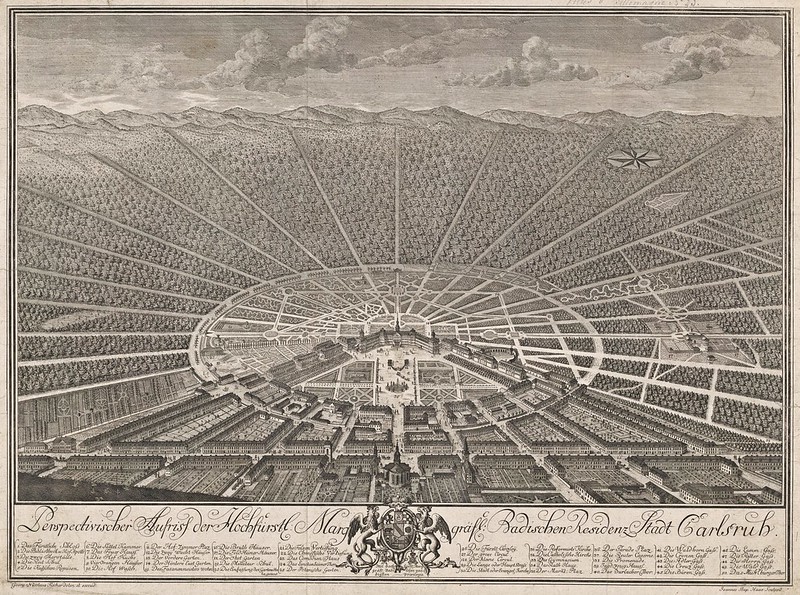François Devienne (1759-1803)
- Sinfonie concertante [F] pour cor et basson (1785)
Performers: Klаus Wаllendorf (horn); Kаrl-Otto Hаrtmаnn (bassoon);
Rundfundorchester Hannover; Wolf-Dieter Hauschild (conductor)
Further info: François Devienne (1759-1803) - Bassoon Concerto No.4
---
French flautist, bassoonist, composer and teacher. He was the seventh of
eight children born to Pierre Devienne and his second wife Marie Petit.
Two obituaries published in 1803, which have since been proved
apocryphal, claimed that when he was ten he wrote a mass which was
performed by the musicians of the Royal Cravate cavalry regiment. He
probably received his earliest training from the organist Morizot in
Joinville, and continued his education with his elder brother and
godfather, François Memmie, in Deux Ponts (now Zweibrücken) from 1776 to
1778. He left Deux Ponts on 15 May 1778 and may have spent some time
with the Royal Cravate regiment during the following year. He joined the
Paris Opéra orchestra as last chair bassoonist in autumn 1779 for one
season, and studied the flute with the orchestra's principal flautist,
Félix Rault. It is likely that Devienne entered the service of Cardinal
de Rohan as a chamber musician in spring 1780 and remained there until
mid-1785. In 1781 he joined the freemasons; he presumably became a
member of the famous masonic orchestra, the Loge Olympique, during the
1780s. The first performance in Paris of a work by him was on 24 March
1780, when Ozi performed ‘a new Bassoon Concerto composed by de Vienne’
at the Concert Spirituel. Devienne first appeared in Paris as a soloist
on 24 December 1782 at the Concert Spirituel when he performed ‘a new
flute concerto’, probably his Flute Concerto no.1; his first appearance
as a bassoon soloist at the Concert Spirituel was on 25 March 1784 when
he played his Bassoon Concerto no.1. From 1782 to 1785 he performed at
the Concert Spirituel as a soloist at least 18 times, but after 3 April
1785 he did not appear there for four years. From 1785 to 1789 his place
of employment is uncertain; he may have been a member of the Swiss
Guards Band in Versailles. Devienne probably returned to Paris in autumn
or winter 1788.
Les spectacles de Paris 1790 lists him as the second bassoonist of the
Théâtre de Monsieur when it opened in January 1789 and by autumn 1790 he
had advanced to principal bassoonist, a position he held until April
1801. Devienne's first known solo appearance after his return to Paris
was at the Concert Spirituel on 7 April 1789, when he played the flute
part in the première of his Sinfonie concertante no.4. In autumn 1790 he
joined the military band of the Paris National Guard where his duties
included teaching music to the children of French soldiers and
participation in the musical events of the numerous festivals in Paris.
This organization officially became the Free School of Music of the
National Guard in 1792, and Devienne was one of the three sergeants in
its administration. The marriage of Devienne to a Mlle Maillard
presumably took place between 1789 and 1792; they had five children. The
Théâtre Montansier, which devoted most of its productions to original
French opéras comiques, opened on 12 April 1790 and Devienne's Le
mariage clandestin was staged there the following November. Two more of
his operas were staged before his most popular opera, Les visitandines
(1792), was performed at the Théâtre Feydeau. This opera was among the
most successful of the Revolutionary period; it had over 200
performances in Paris between 1792 and 1797 and was also performed there
as late as 1920. Devienne's famous method for the one-key flute was
published in 1794. On 12 April 1801 the Théâtre Feydeau abruptly closed.
Its orchestra and that of the Théâtre Favart merged the following
September to form the new Opéra-Comique orchestra, but it is not known
if Devienne was a member of this orchestra. In May 1803 he entered
Charenton, a Parisian home for the mentally ill, where he died the
following September after a long illness which ended by impairing his
reason.

















